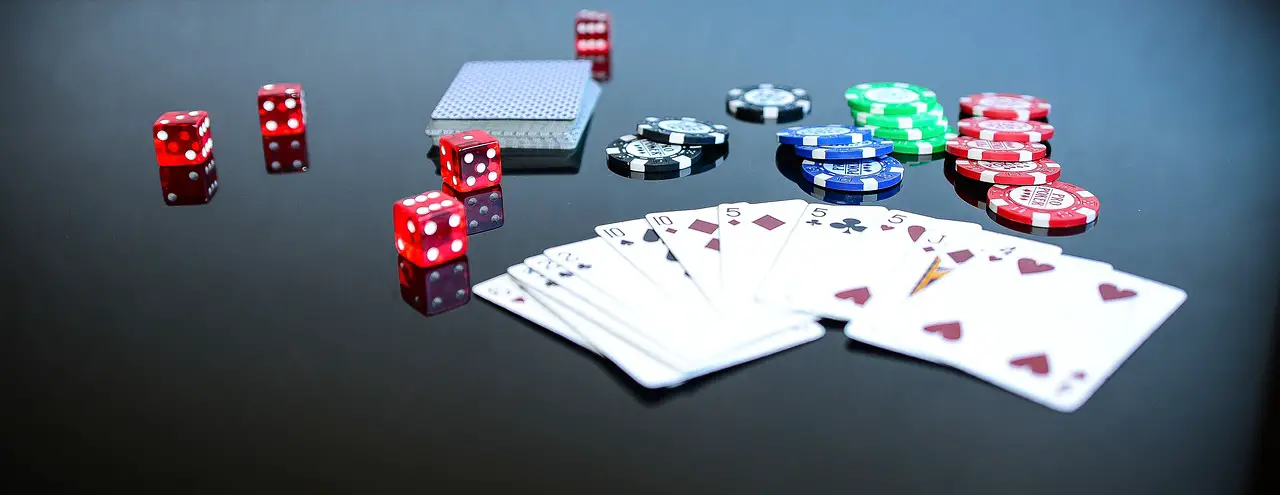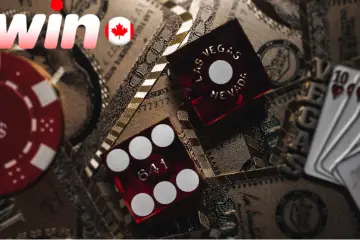“The House always wins” is the most oft-repeated saying in any gambler’s dictionary. But does it have to?
That’s the question American mathematician Edward O. Thorp asked before writing his game-changing book Beat the Dealer in 1962. As we all know, the answer was a surprising “no”.
Armed with a knowledge of statistics and probability, Thorp’s applied research with playing blackjack at casinos changed the multi-billion dollar gambling industry forever. Join us for a brief look into how card counters became every casino’s nightmare.
Contents
Blackjack Before Card Counting
Though originating in Europe, the game of 21 didn’t take the shape we know and love until it came to America. With the establishment of standardized blackjack rules in Nevada in the 1930s, certain rules were implemented that paved the way for 21 card counting. Namely, the dealer would now show one of their cards, and the house had to stand on 17.
If you’re not familiar with these simple blackjack rules, you’ll need some basic blackjack training. That’s not what we’ll cover in this article though, and we won’t explain how to count cards in blackjack either. If that’s what you’re looking for, check out BlackjackGala.com. This comprehensive site covers everything from the basic rules and how to play blackjack online, to online blackjack card counting basics.
Once these rules were established, it would take another 30 years before someone realized how to apply statistics to blackjack. Not that Thorp was the first to ask how to play blackjack best, mind you. Jess Marcum was an infamous 21 player kicked out by multiple casinos before 1950, for instance. Modern history readings are quite sure he was counting cards.
Moreover, a basic blackjack strategy was established in 1957. However, this approach merely minimized the house edge. Thorp in 1966 was the first to ever actually gain an advantage over the casinos.
How Thorp Beat the Dealer
Edward O. Thorp worked at the Massachusetts Institute of Technology (MIT) with a Ph.D. in mathematics. Now, blackjack wasn’t the only thing being developed in the 60s. These were also the early days of computers, and Thorp used one such marvel of technology to figure out how to win blackjack at casinos.
Combining the computing power of the IBM 704 and the Kelly criterion of traditional game theory, he realized a few things. First of all, the advantage or disadvantage of the house relies heavily on which cards are still in play. Generally speaking, big cards with a value of 10 or more favor the player.
Going from there, he devised the Thorp card counting system to improve his odds. By keeping track of the number of large vs. small cards left in the deck, he would wait for the perfect time to raise stakes. This ratio of high-value vs. low-value is still called the Thorp ratio.
Importantly, however, Thorp achieved this by playing single-deck blackjack. After his publishings, casinos would do everything in their power to thwart card counters. One such change was the fact no casino offers single-deck blackjack anymore. Most are played with 6 or 8 decks.
Countering Card Counting
Beat the Dealer changed the face of the game forever, of course. Not only were there more decks, but they were also often shuffled mid-way through.
However, ironically enough, the book ended up benefiting the casinos more than harming them. Although the general public was armed with the knowledge of how to beat blackjack, few were actually capable of doing so. Blackjack tables at Las Vegas casinos flooded with new players, confident that they’ll be able to win. The vast majority, however, lost more than they ever won.
However, the practice of card counting in blackjack was also advancing. Programmers like Harvey Dubner and Julian Brown further leveraged computers against the casinos. New techniques such as the famous Hi-Lo were conceived, too.
With time, however, most casino bit bosses trained themselves to spot card counting. The question of is blackjack card counting legal is not an issue – it’s perfectly legal. However, as private businesses, casinos had the right to simply not allow known card counters to play.
An Uncertain Future
Flash forward to the 80s, and card counters entered a golden age. The most famous card counting team was, of course, the MIT Blackjack Team. Led by Bill Kaplan and J. P. Massar, this squad of brilliant science students would go on to reach mainstream fame through their successes in Atlantic City. Films were made, books were written, and the rest is history.
With the 21st century, these tried-and-true techniques migrated to online blackjack. Before you ask, yes – it’s quite possible to count cards in online blackjack. However, it’s also much easier for casinos to track your bets, though, which is something to keep in mind.
As such, internet gambling is not what threatens card counting. The uncertain future of the practice is due to new rules implemented by top Las Vegas casinos. Specifically, 6:5 payouts are replacing 3:2 payouts for Blackjack naturals.
It’s important to understand that even the best card counting strategy shifts the odds in the player’s favor only slightly. Less than 1%, in fact. As such, even this tiny change in the casino’s favor may simply make the house edge too big to overcome.







